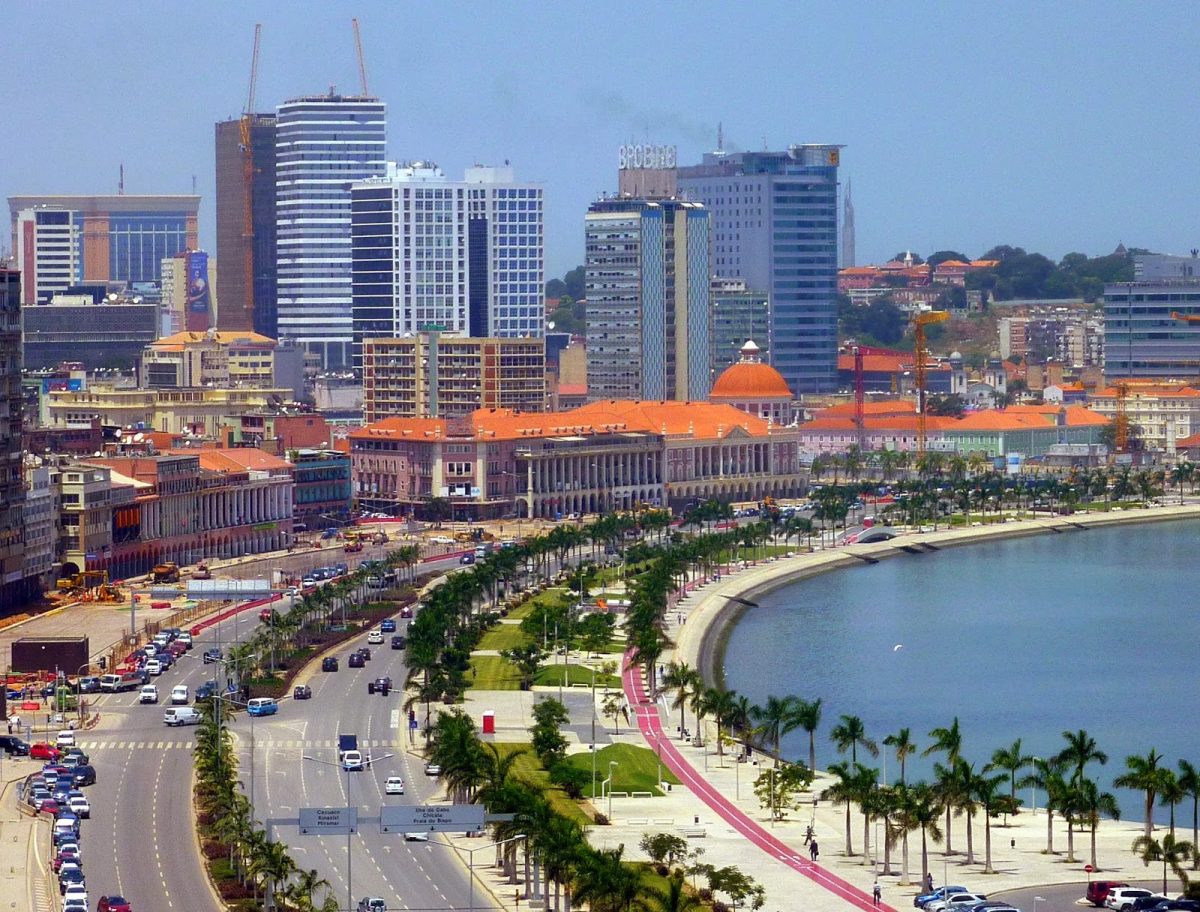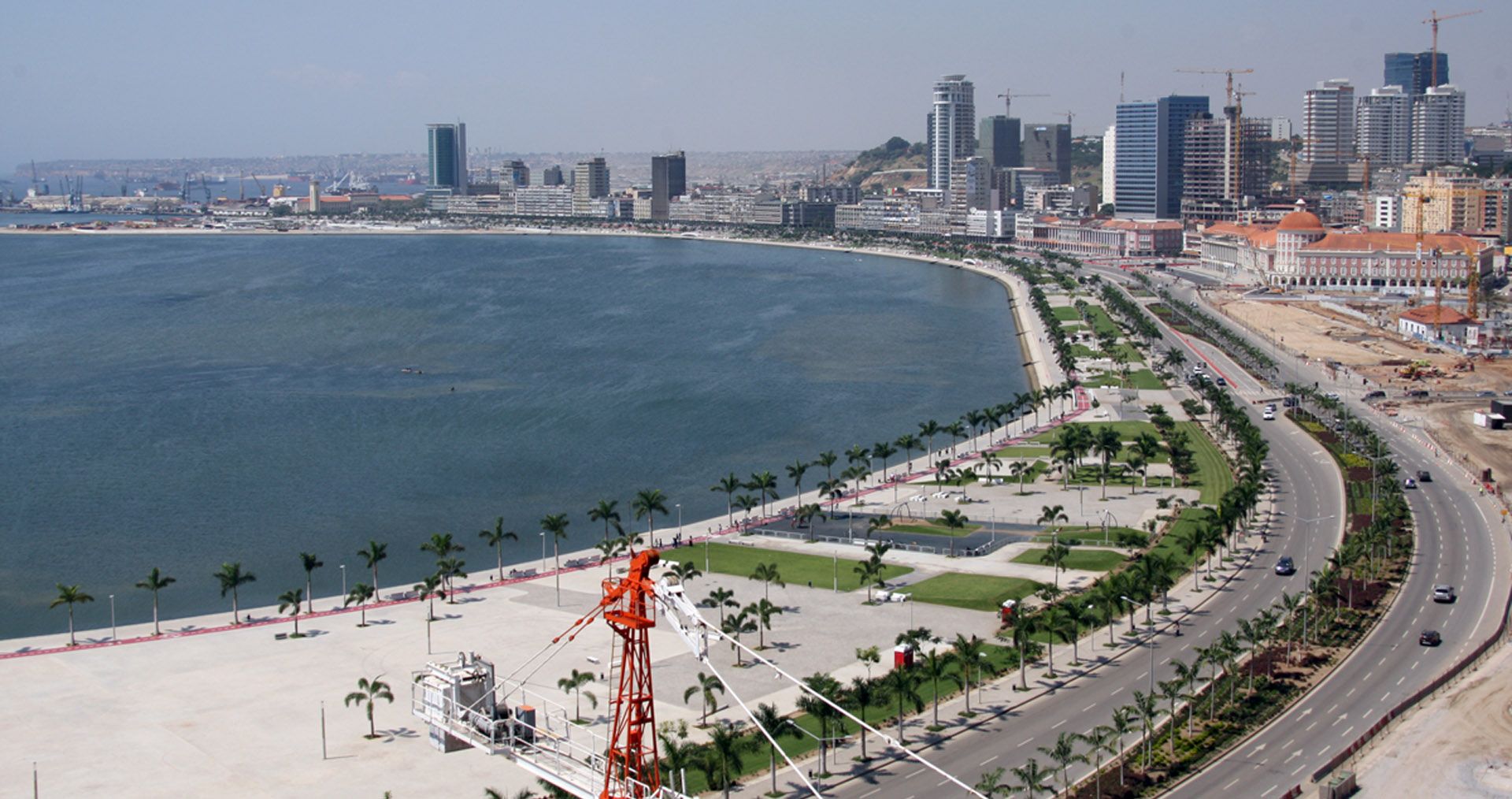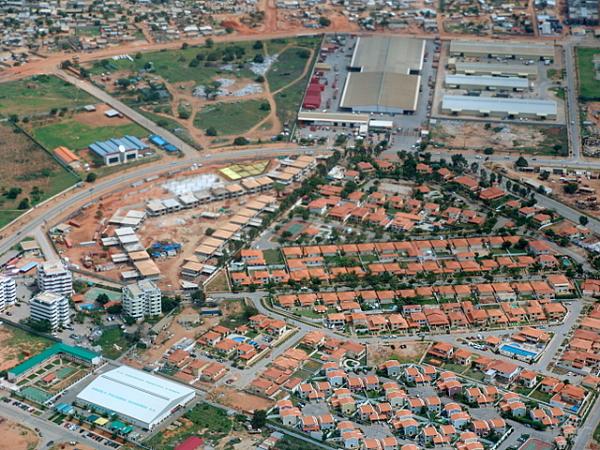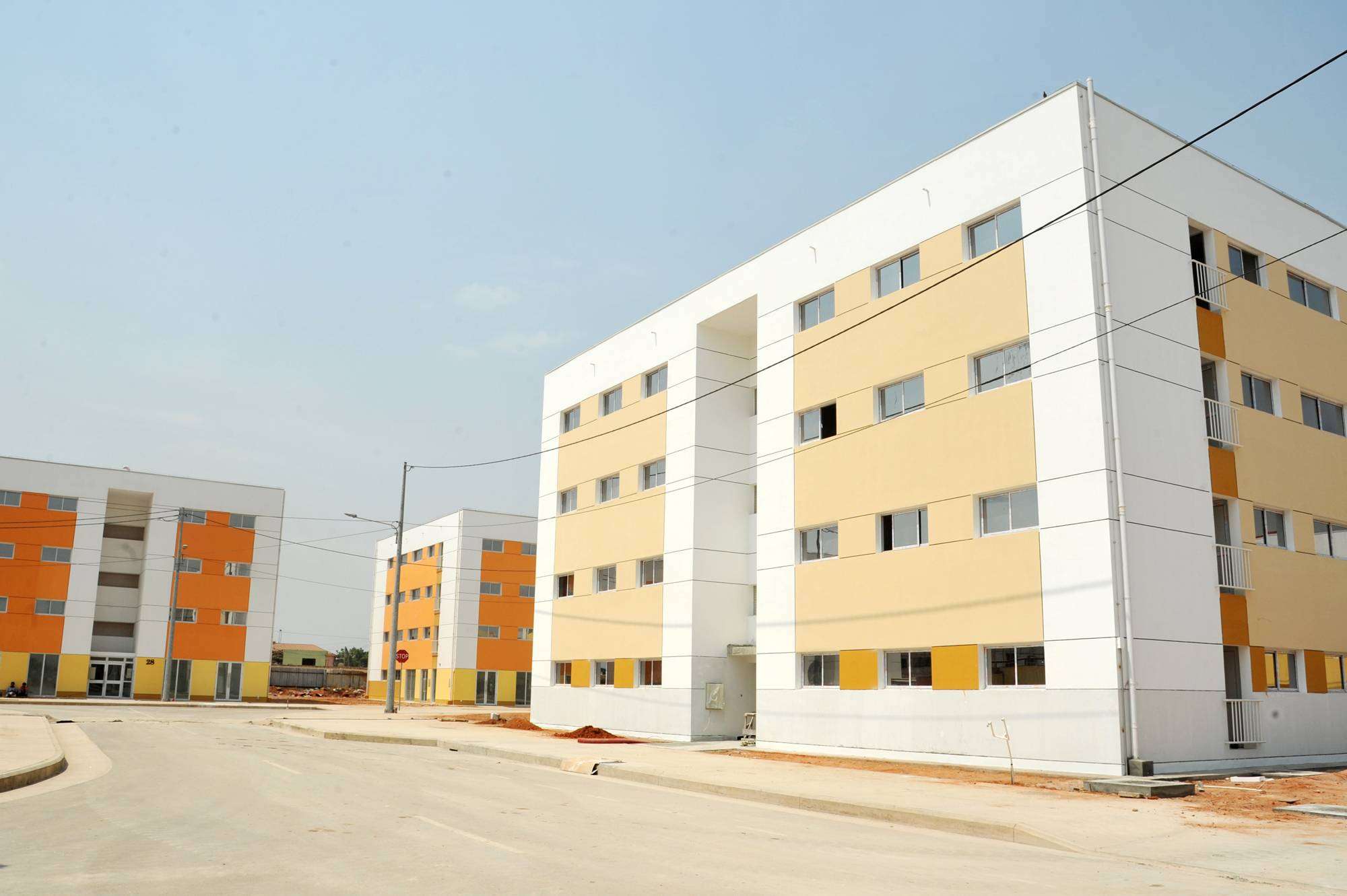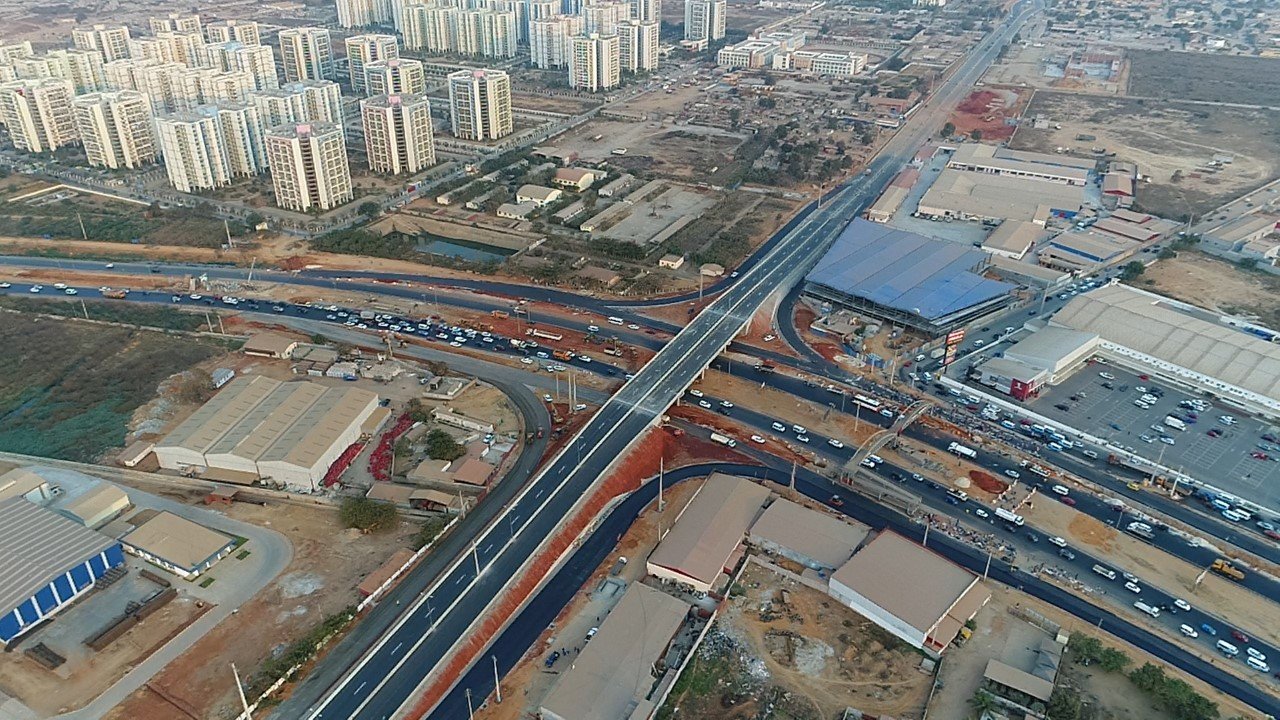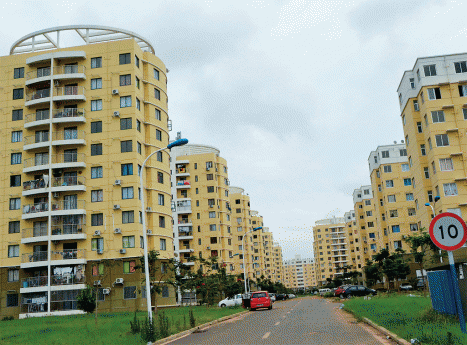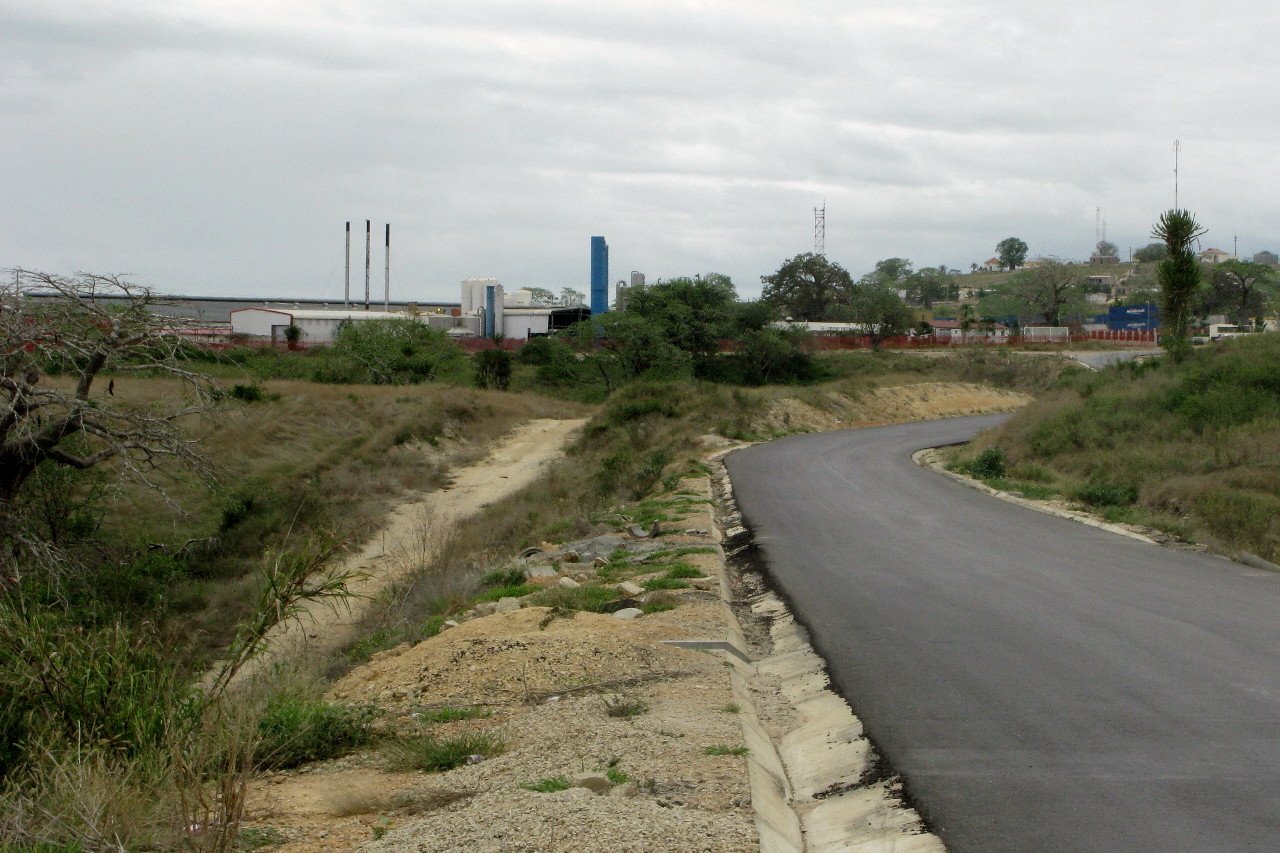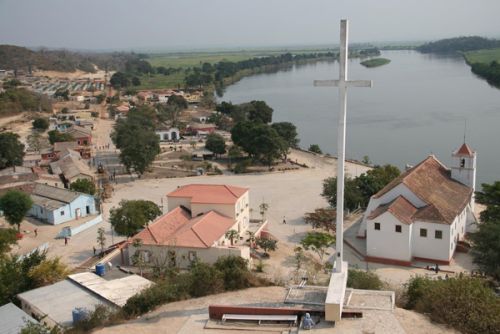Luanda is the smallest province of Angola, which in turn is also the capital of Angola🇧🇷 This article from Welcome To Angola presents municipalities in the city of Luanda and how they are divided.
Previously the city of Luanda consisted of 9 municipalities. After the new administrative territorial reform that took place following the order signed by the Council of Ministers, Luanda now has 7 municipalities.
With the new administrative policy of Luanda, the 7 municipalities of Luanda are as follows:
- Luanda
- beautiful
- Cazenga
- Viana
- cacuaco
- Icolo and Bengo
- Quissama
Municipality of Luanda
- Municipality of Luanda – Luanda Bay
The municipality of Luanda is the seat of the province of Luanda, according to statistical data it is the second municipality with the highest number of population in Luanda, behind the municipality of Viana.
In this municipality are concentrated the largest institutions responsible for the political and economic power of the country.
Some of the attractions that we can find in the main city are the following; the President's Palace, the Marginal de Luanda, the Iron Palace, the Dona Ana Joaquina Court, the National Assembly, the domestic airport and the 4 de Fevereiro International Airport and others.
The main districts of the municipality of Luanda are the following:
- Mutamba;
- Maianga;
- Ingombota;
- Samba;
- Neves Bendinha;
- Ngola Kiluange and others.
Municipality of Belas
- Municipality of Belas - Talatona
The Municipality of Belas is one of the new municipalities that emerged after the new administrative reform in Luanda. According to the demographic data of the National Institute of Statistics, the municipality of Belas has the fourth largest population in the city of Luanda.
Geographically, the Municipality of Belas is limited to the north by the municipality of Talatona, to the east by Viana, to the south by Quissama and to the west by the Atlantic Ocean. The island of Cazanga and the island of Quissanga also belong to the municipality of Belas.
The main districts of the municipality of Belas are the following:
Municipality of Cazenga
- Municipality of Cazenga – Centrality of Kalawenda
The Municipality of Cazenga is currently delimited to the west by the municipality of Luanda, to the north by the municipality of Cacuaco, to the east by the municipality of Viana and to the south by the municipality of Quilamba Quiaxi.
According to historical data, the name Cazenga was attributed to a citizen from the Republic of Congo, in the 18th century named Miguel Pedro Cazenga, who settled there, occupying a huge expanse of land that went from Kinaxixi Square to the current Municipality of Viana.
The main prominent neighborhoods of the municipality of Cazenga are the following:
- Cuca;
- Cazenga;
- Kalawenda;
- Hoji-yha-henda;
- Kima-kienda and others.
Some of the main attractions to visit in the municipality of Cazenga are the following historical landmarks:
- Historical landmark of Dr. António Agostinho Neto;
- Cine Africa Space;
- Cine Cazenga Space;
- Space of the former FILDA.
Municipality of Viana
- Municipality of Viana - Zango 0
The municipality of Viana was founded on December 13, 1963. The name Viana was attributed in honor of the traveler António Viana who settled in the region building his wooden house, close to the train stations.
Geographically, the municipality of Viana has 1344 km2. Viana is the municipality with the largest population in the province of Luanda.
The municipality of Viana is limited to the north by the municipality of Cacuaco, to the east by the municipality of Icolo e Bengo, to the south by the municipality of Quissama and to the west by the municipality of Belas.
The main neighborhoods of Viana are the following:
- Grafanil;
- Internship;
- angry;
- Kikuxi and others.
Municipality of Cacuaco
- Municipality of Cacuaco – Centrality of Sequele
The municipality of Cacuaco was founded in February 1996, geographically it has 571 km2 🇧🇷 It is the third municipality with the largest number of population in Luanda.
The main postcards for visiting the municipality are as follows:
- Mercado do Quicolo: is one of the largest informal markets in the capital city. This market is known for having a variety of products at affordable prices.
- Centrality of Sequele: The centrality of Sequele is the largest housing project in the municipality. It appeared in a State initiative in order to give young people the opportunity to fulfill their dream of having their own home.
The municipality of Cacuaco is geographically limited to the south by the municipalities of Viana and the municipality of Cazenga, to the west by the Atlantic Ocean and the municipality of Luanda, to the north and east by the municipality of Dande.
Municipality of Icolo and Bengo
- Municipality of Cacuaco – Coca-Cola Factory
The Municipality of Icolo e Bengo is a municipality that belonged to the province of Bengo. However, it became part of the province of Luanda in 2011 after the new administrative reform.
The municipality of Icolo e Bengo has a territorial area of 819 km2. It is limited to the north by the municipality of Dande, to the east by the municipality of Cambambe, to the south by the municipality of Quissama and to the west by the municipalities of Viana and Cacuaco.
The main visiting cards of the Icolo e Bengo municipality are the following:
- Quiminha Lagoon;
- Bom Jesus do Kwanza urban district;
- Centrality of Km 44;
- Calculus;
- Cahango and others.
Municipality of Quissama
- Municipality of Cacuaco – Vila da Mama Múxima
The municipality of Quissama is also one of the 2 municipalities that belonged to the province of Bengo and became part of Luanda after Law nº 29/11, September 1, 2011.
The municipality has a territorial area of 12046 km2🇧🇷 Quissama is also the least populated municipality in the city of Luanda.
The municipality is limited to the north by the municipalities of Viana and Icolo and Bengo, to the east by the municipalities of Cambambe, Libolo and Quibala, to the south by the municipalities of Quilenda and Porto Amboim and to the west by the Atlantic Ocean.
The main points of visit of the municipality are the following:
- Quissama National Park;
- Commune of Múxima;
- Cape Ledo;
- Demba Chio;
- Quixing.

